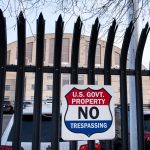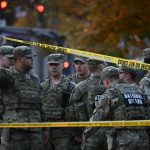President Donald Trump’s temporary federal takeover of some law enforcement functions in the District of Columbia was prompted by the carjacking of a young man known for his nickname, “Big Balls,” near Logan Circle in the morning of Aug. 3.
The young man’s name is Edward Coristine. He used “Big Balls” as his LinkedIn name as a joke, and it caught on, he told Fox News in an interview before the attack. The 19-year-old was in Washington because he was one of the founding code monkeys for the Department of Government Efficiency and has since hopped around to other agencies, working on bureaucracy streamlining initiatives.
A small crowd of youths reportedly targeted Coristine and a lady friend around 3 a.m., as they were walking back to his car, and threatened to take the vehicle. Living up to his nickname, Coristine got the woman into the car and faced the carjackers. He was bloodied and had an iPhone stolen, but his alleged attackers did not make off with the vehicle. Two youths were arrested soon after. The rest are still at large.
A DOGE colleague came to assist Coristine at the scene shortly after the attack and snapped a picture of his injuries. The photo showed him near the ground, sitting up and leaning slightly forward. He was bleeding from the face onto a bare upper torso and all over white pants.
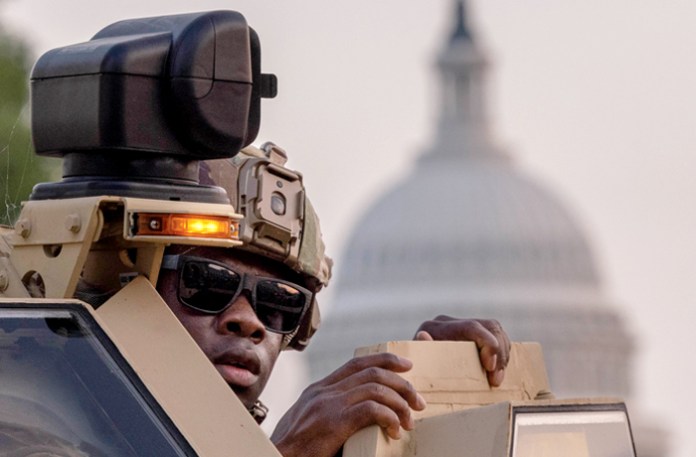
When Trump learned of the assault, he was most displeased.
“Crime in Washington, D.C., is totally out of control,” Trump wrote on Aug. 5 in a Truth Social post. He complained that “youths” and gang members “are randomly attacking, mugging, maiming and shooting innocent Citizens” and that “the most recent victim,” Big Balls, “was beaten mercilessly by local thugs.”
These young assailants, “some only 14, 15, and 16-year-olds” are “not afraid of law enforcement because they know that nothing ever happens to them,” Trump said, “but it’s going to happen now!” Unless the district got its ducks in a row and quick, the president warned, “I am going to exert my powers and FEDERALIZE this city!”
Separately, he also complained of homeless encampments near the White House that were not being cleared. The president believed he could resolve that problem as well if he invoked federal control.
On Aug. 11, Trump made good on the pledge to seize control. He issued an executive order declaring a crime-based state of emergency in Washington. It formally ordered three-term Democratic Mayor Muriel Bowser to “provide the services of the Metropolitan Police force for Federal purposes for the maximum period permitted under section 740 of the Home Rule Act,” which is the legal basis for the district’s municipal government.
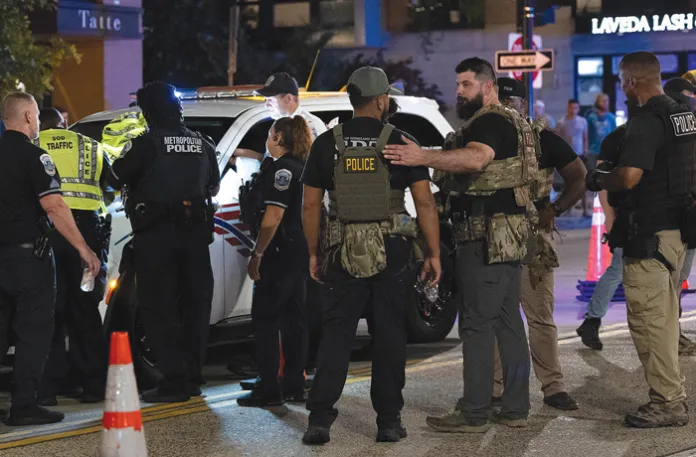
That maximum period of federal control over the Metropolitan Police Department would normally be 48 hours. To extend that, the president must notify relevant members of Congress “in writing, as to the reason for such direction and the period of time during which the need for such services is likely to continue,” according to the District of Columbia Home Rule Act, a 1973 law enacted by Congress and President Richard Nixon. With that notice given to Congress, but absent further congressional approval, federal control runs for 30 days.
Trump also called up the D.C. National Guard to have its members patrol the streets. Some Republican governors of red-tinged states sent National Guard contingents as well.
Collectively, Trump’s local law enforcement divisions have put on a show of force, stopped a few crimes in progress, enforced the district’s temporary youth curfew law, and cleaned out some homeless encampments. Trump has declared the effort a success, saying that people in Washington feel safe to go out to dinner again.
Democrats make their case
This activity triggered a familiar cycle, with Trump’s political opponents decrying what they called his tyrannical overreach. Many assured target audiences that the problem the president was seeking to address was not that bad, really, often with partisan jabs thrown in.
“The only emergency here is a lawless president experiencing a growing public relations emergency because of his close friendship with Jeffrey Epstein and his stubborn refusal to release the Epstein file despite his promise to do so,” said Rep. Jamie Raskin (D-MD) in a widely quoted statement.
Many Trump critics assured folks that Washington is reasonably safe, especially if you avoid certain neighborhoods, and that crime has been trending downward.
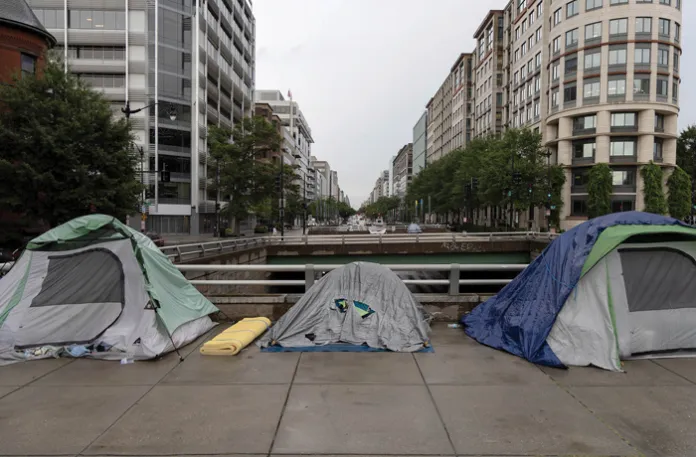
“I walk around all the time,” Senate Minority Leader Chuck Schumer (D-NY), who has a government-provided security detail, said on Aaron Parnas’s podcast. “I wake up early in the morning sometimes and take a nice walk as the sun is rising around some of the capital and other monuments and things, and I feel perfectly safe.”
The White House press office replied by launching an armada of unflattering crime statistics at defenders of the status quo.
Washington was the city with the fourth-highest homicide rate in the country last year, the White House pointed out. The Trump White House press shop also fired a shot across the bow at pro-district statehood folks by noting, “If Washington, D.C. was a state, it would have the highest homicide rate of any state in the nation.”
Then there is the rise in vehicle theft, which sparked the current confrontation.
“Carjackings increased 547% between 2018 and 2023,” according to the White House. Even last year, with numbers some of Trump’s opponents have pointed at to argue for improvement on the crime front, “there were triple the number of carjackings compared to 2018.”
Overall, the incidence of vehicle theft in the district “is more than three times the national average,” according to the White House, “ranking it among the most dangerous cities in the world.”
Bowser in the middle
Democrats and Republicans have introduced bills in Congress to cancel and lengthen, respectively, the heightened federal presence on district streets. Neither proposal looks likely to pass at this point. That would mean that at the end of 30 days, right around Sept. 11, Trump will have to draw down his forces. That likely endpoint raises the question, “What was the point of this exercise?”
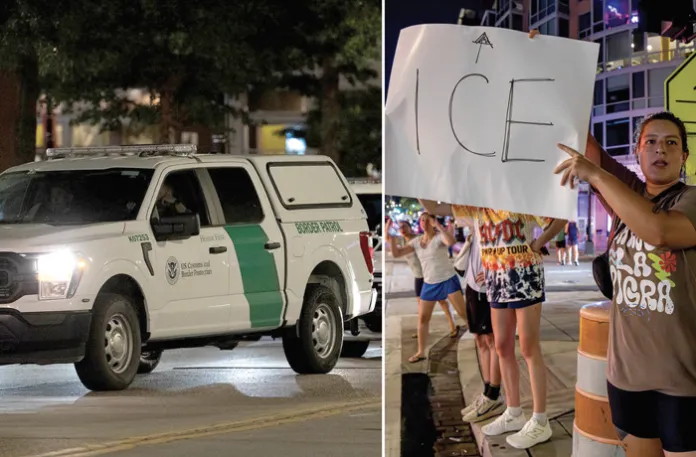
One answer may be supplied by Bowser. She is no fan of Trump and has criticized some of his moves to address the situation. At the same time, she agrees that crime, and especially youth crime, is a serious problem in the district.
The mayor wants whatever resources she can muster to attack the problem. She has said that she wants 500 more officers on the district’s streets permanently. In a recent press conference, Bowser went so far as to insist that “there is no takeover” of law enforcement in Washington but rather a “surge” of bodies that are doing some good.
She has at least half a point on the takeover. Though she must take a hands-off approach to management for one month, the administration nixed efforts to put Drug Enforcement Agency chief Terry Cole in charge of the MPD. Instead, control remained with Pamela Smith, Bowser’s hand-picked police chief, whose efforts have been credited with modest but real improvements in district crime statistics.
ONE IN THREE DC ARRESTS THIS WEEK WERE IMMIGRATION-RELATED
In trying to get more forces out there, Bowser and Smith were up against a D.C. Council that was largely hostile to their efforts and a Republican Congress that worked to strip the district of more than $1 billion in funds, making such proposals untenable. With the stroke of a pen, Trump threw that whole rotten equilibrium into chaos.
But soon enough, if the president wants to keep crime in the district down, he will likely have to cut a deal with Bowser.
Jeremy Lott is the author of many books, most recently The Three Feral Pigs and the Vegan Wolf.





